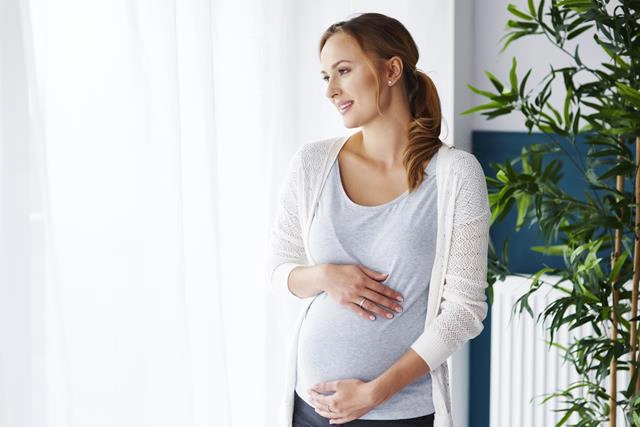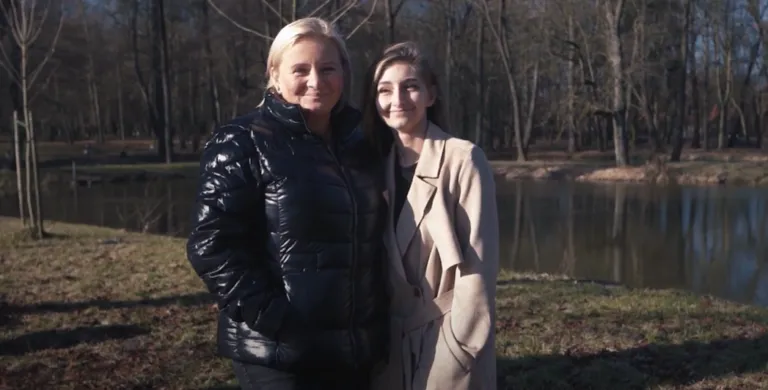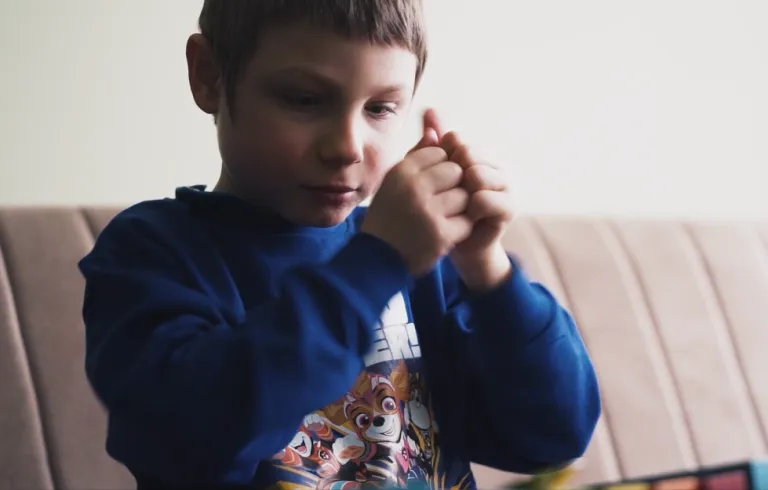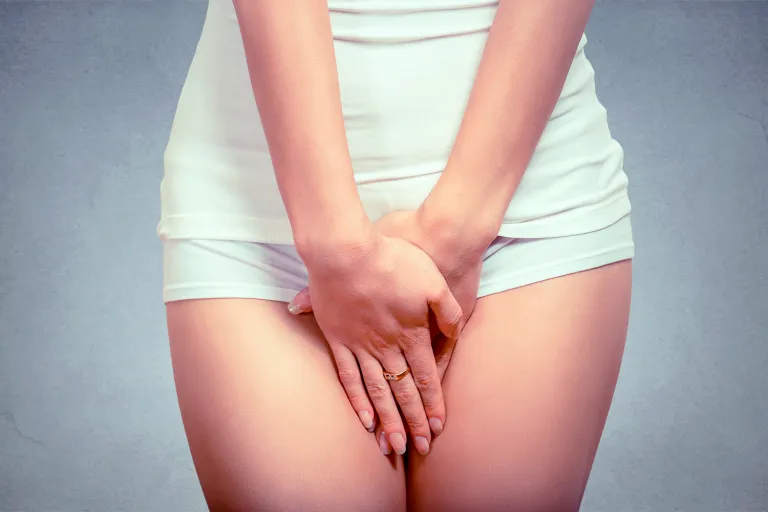According to the law in Poland, every woman has the right to be assisted by a community midwife. However, not all moms-to-be realize that free consultations with a community midwife are available both during pregnancy and after delivery. Find out when is the best time to see a community midwife and the scope of her work.
What does a community midwife do?
A community midwife cares for women outside the hospital. Her responsibilities include caring for women of all ages. It cares about the education and health of both teenage girls and post-menopausal women. It plays an extremely important role during pregnancy and after childbirth. She not only performs patronage visits for newborns, but also attends to women after gynecological surgeries and takes cytological swabs.
When to see a community midwife?
Many women report to the community midwife only after giving birth, when patronage visits are mandatory. This is because not everyone realizes that every pregnant woman is also entitled to free midwife visits while still pregnant. So it is best to go to her in the first half of pregnancy to have time to get to know each other and possibly change if there is a mismatch. The decision on the midwife of choice can be changed free of charge 2 times during the year and each time in case of a change of residence. Each subsequent change is a cost of PLN 80.
How to choose a community midwife?
Often women choose a midwife working in the primary care clinic to which they belong. However, there is no need to do so, just as there is currently no regionalization. So there is complete freedom in choosing a midwife. The condition is that it has a signed contract with the National Health Service.
The best thing to do is to talk to friends or ask on online groups which midwives are recommended by other moms. In this way, there is a greater chance that one will come across a midwife with whom the mother-to-be will feel comfortable and who will inspire her confidence.
Community midwife-pregnancy
The gynecologist in charge of the pregnancy refers the pregnant woman to a community midwife after the 21st. One week of pregnancy. It is from this point that the mother-to-be is entitled to free midwife visits once a week. As of 31. week until delivery, the number of visits may increase to two per week. It is not specified in detail what form antenatal education is to take. These can be individual meetings or group meetings in the form of a so-called birthing school on the National Health Service. The responsibilities of a community midwife during pregnancy include education to prepare a pregnant woman for childbirth and parenthood, as well as discussing postpartum and breastfeeding. The NHF also lists in the scope of the community midwife’s duties the identification of health problems and the planning and implementation of preventive services.
In addition, the community midwife may perform an obstetric examination, and she also observes the woman for possible depression during pregnancy. She can also perform breathing and relaxation exercises with the pregnant woman to prepare for labor.
Community midwife-postpartum
The community midwife takes care of the child until he or she reaches the age of 2. Months of life and a woman in the postpartum period – up to 42. day after delivery. During this time she is required to make 4 to 6 patronage visits. The first of these should take place up to 48 hours after the woman and child leave the hospital. During patronage visits, the midwife examines the baby, takes the necessary weight and length measurements, observes the baby’s development, and helps the woman to attach the newborn to the breast. It also evaluates the family’s relationship with the newborn. Its task is also to provide Parents with advice on immunizations or preventive screenings. In addition, the community midwife can remove a woman’s stitches if there has been, for example, suturing of the perineum after childbirth.
Read also:
Midwifery-what you should know about it
Rate this article:










